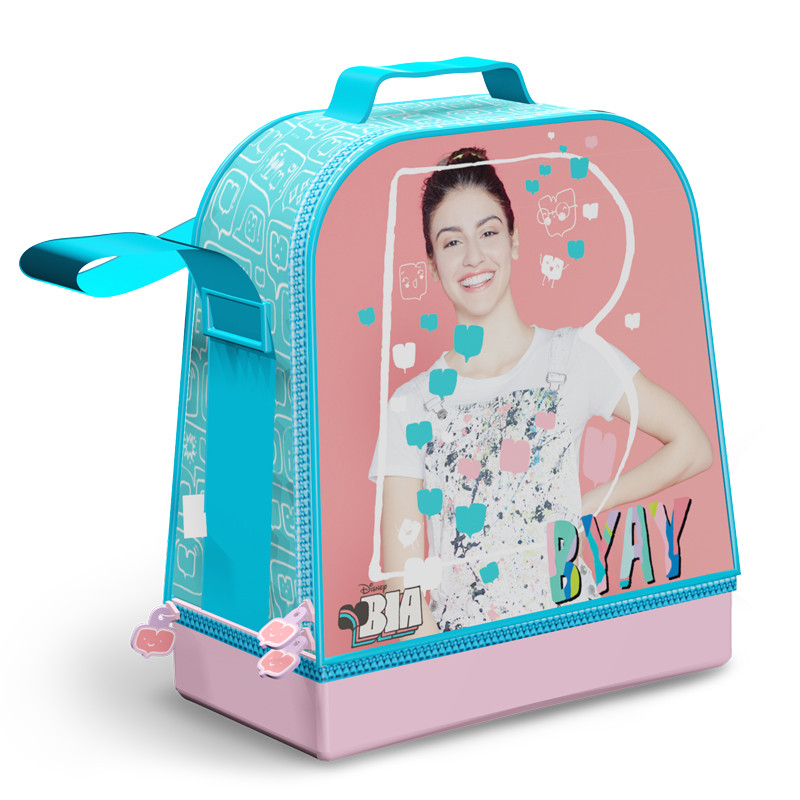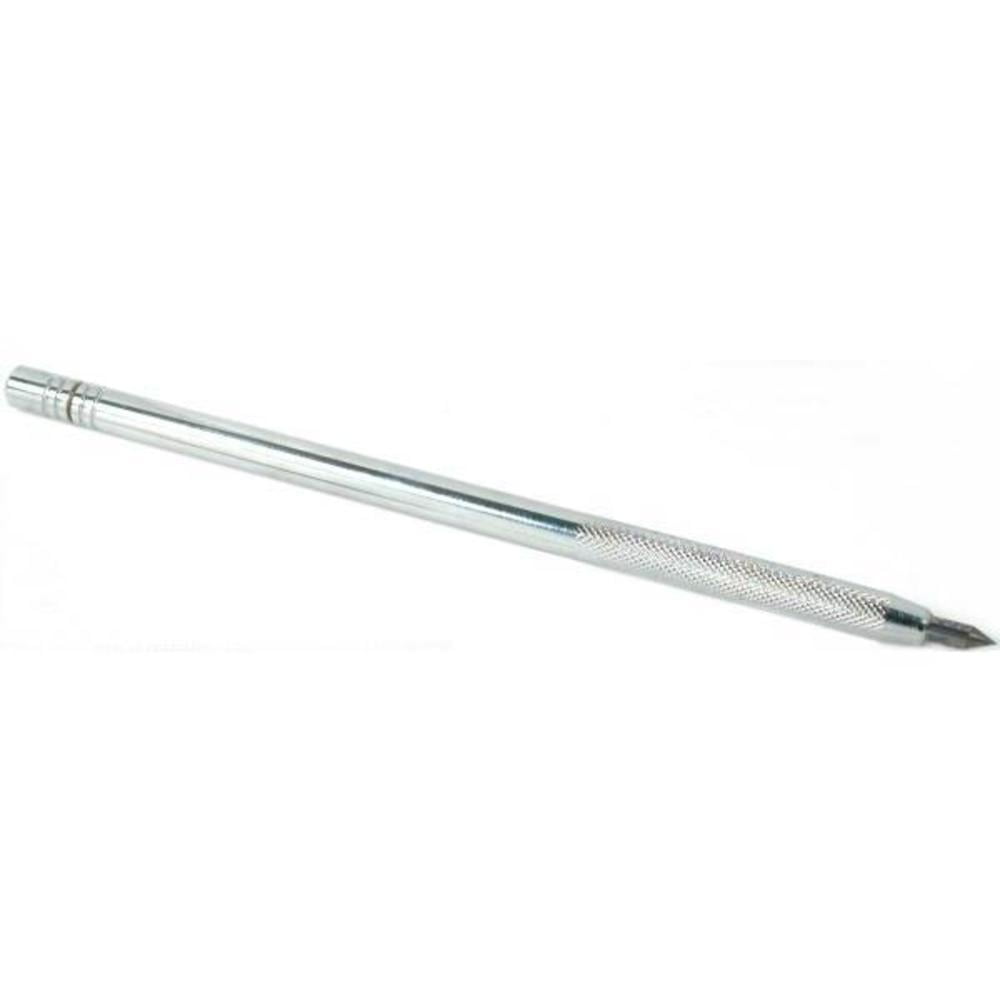

Not only will a cabinet without a toe kick be uncomfortable to work at, but it will quickly get damaged. While this is fine for storage cabinets like the one below, it isn't recommended for a kitchen or bathroom. Some people prefer the look of base cabinets without a toe kick, or an open bottom with legs. I built our base cabinets with 4" tall toe kicks simply because our Roomba tends to get stuck under anything shorter! Cabinets without toe kick The standard height of a toe kick is 3 ½", although you can go up to 4" without losing much space in the cabinet above. You can go deeper if you have big feet that need extra space, but you shouldn't go less than that. The standard depth of a toe kick is 3", which is what you'll find on most commercially available cabinets. It needs to be deep enough for your feet to fit, but not so tall that it wastes space that could have been used inside the cabinet. Acta 51(8), 1736–1744 (2006)ī.E.The toe kick is usually set back 3-4" from the front of the cabinet and 3-4" from the bottom. Rossi, An EIS study of ion diffusion through organic coatings. Meisenburg, Characterization of the water uptake and electrolyte uptake of organic coatings and the consequences by means of electrochemical impedance spectroscopy and UV–vis spectroscopy. Hubbard, Degradation of organic coatings on steel: mathematical models and predictions. Kiil, Cathodic delamination of seawater-immersed anticorrosive coatings: mapping of parameters affecting the rate. Ghali, The corrosion evaluation of painted and artificially damaged painted steel panels by AC impedance measurements. Igetoft, The mechanism for the cathodic delamination of organic coatings from a metal surface. Han, Water sorption and activation energy in polyimide thin films. Bentz, Quantifying water at the organic film/hydroxylated substrate interface. Barbari, The use of FTi.r.-atr spectroscopy to characterize penetrant diffusion in polymers. Part 2: first stage of delamination, effect of type and concentration of cations on delamination, chemical analysis of the interface. Stratmann, The delamination of polymeric coatings from steel. He, Effect of scribing modes on corrosion test results. Standard Test Method for Evaluation of Painted or Coated Specimens Subjected to Corrosive Environments. Bierwagen, A scanning vibrating electrode study of chromated-epoxy primer on steel and aluminum. Landolt, Evaluation of corrosion protection properties of additives for waterborne epoxy coatings on steel. Matykina, Assessment of duplex coating combining plasma electrolytic oxidation and polymer layer on AZ31 magnesium alloy.

Martin, Modes and mechanisms of degradation of epoxy-coated reinforcing steel in marine environment. Matzdorf, Quantification of accelerated corrosion testing of coated AA7075-T6. Morcillo, Corrosion resistance of steel treated with different silane/paint systems.

Frydrych, Accelerated corrosion tests of precoated sheet steels for automobiles.

Saarnak, AC impedance of painted and scribed steel panels under atmospheric exposure. Bogere, Environmental studies of smart/self-healing coating system for steel. Jeffreys, Corrosion protection using polyaniline coating formulations. Saragovi, Prohesion and outdoors tests on corrosion products developed over painted galvanized steel sheets with and without Cr(VI) species. Iyer, Studies on the evaluation of the performance of organic coatings used for the prevention of corrosion of steel rebars in concrete structures. Standard Practice for Operating Salt Spray (Fog) Apparatus. These results suggest that correlating the initial scribe with the final corrosion evaluation of the coating defect resulted in a better inter-comparable evaluation of coatings subjected to visual analysis by accelerated corrosion or electrolyte corrosion. The width of the initial scribe greatly impacted the visual corrosion assessment of the test results during ASTM B117, while the initial scribe width had little impact during GM14872. To validate the initial state of the coating performance based on the selected tool, salt spray corrosion tests ASTM B117 and GM14872 were performed on 60 epoxy-amine primer coated UNS 10080/10100 steel test panels with nine different scribes (3 test panels each with 3 non-scribed control panels). Although the scribed-coating visual inspection is standardized, the specificity of initial conditions relative to the final performance has never been unified between laboratories, scribing tools, nor by published testing standards. Visual analysis is the most common evaluation of accelerated corrosion performance after exposure using a scribed protective coating on a metal substrate.


 0 kommentar(er)
0 kommentar(er)
